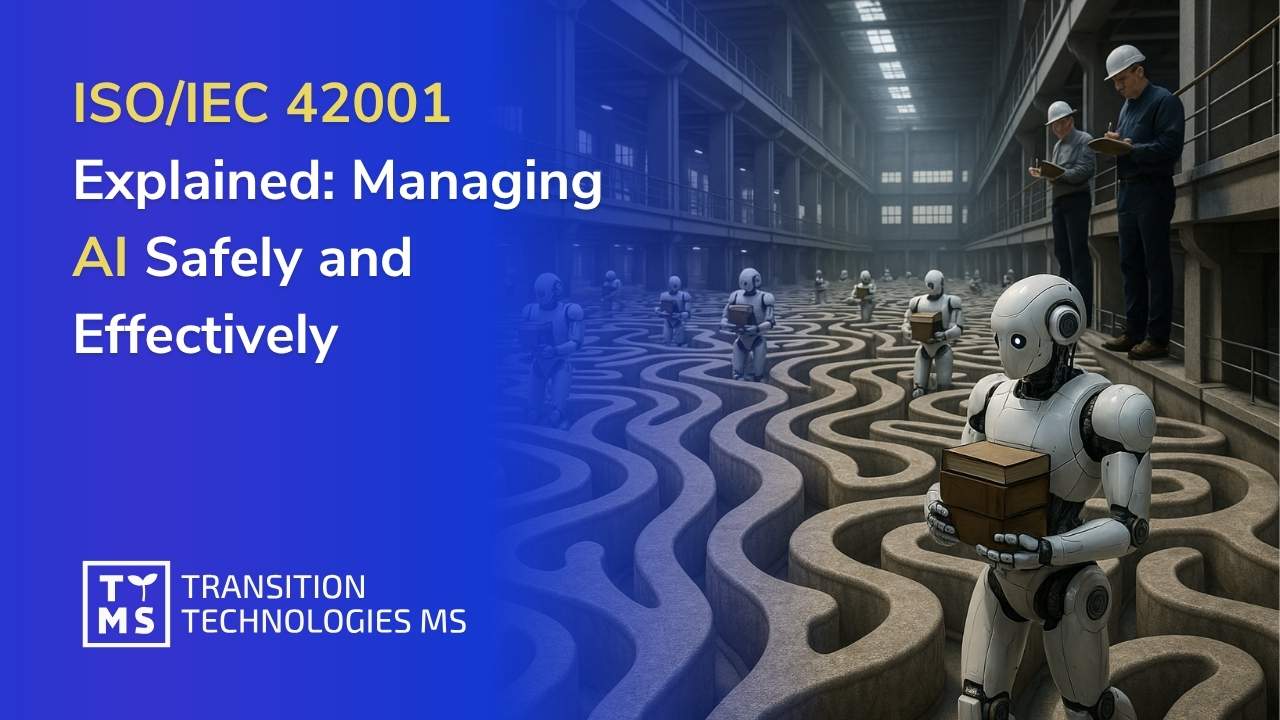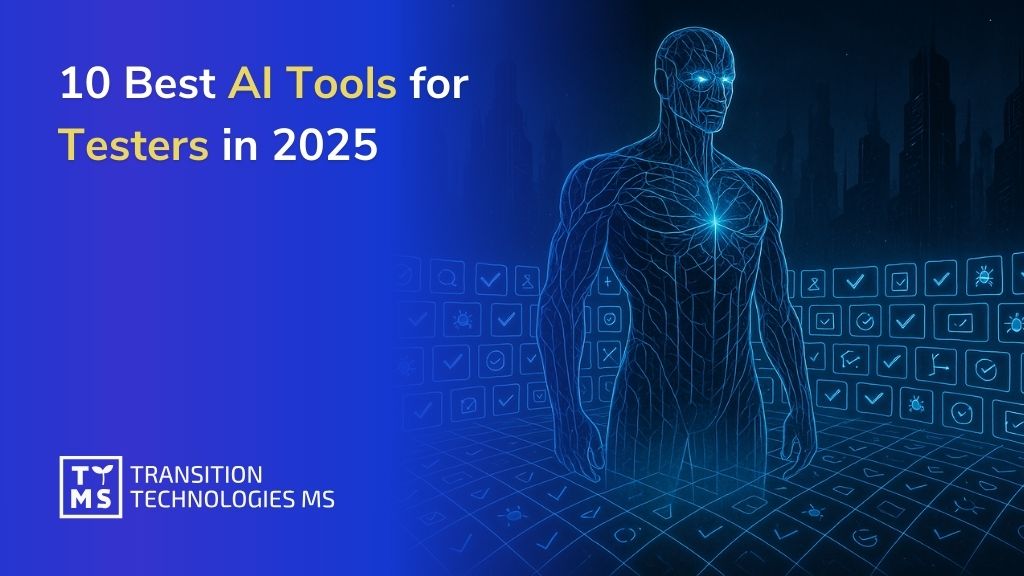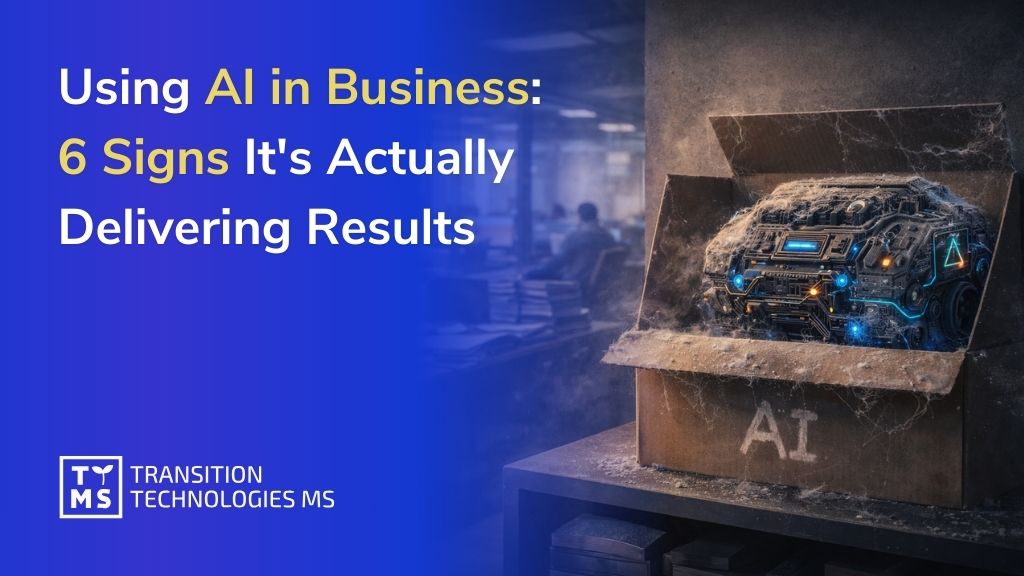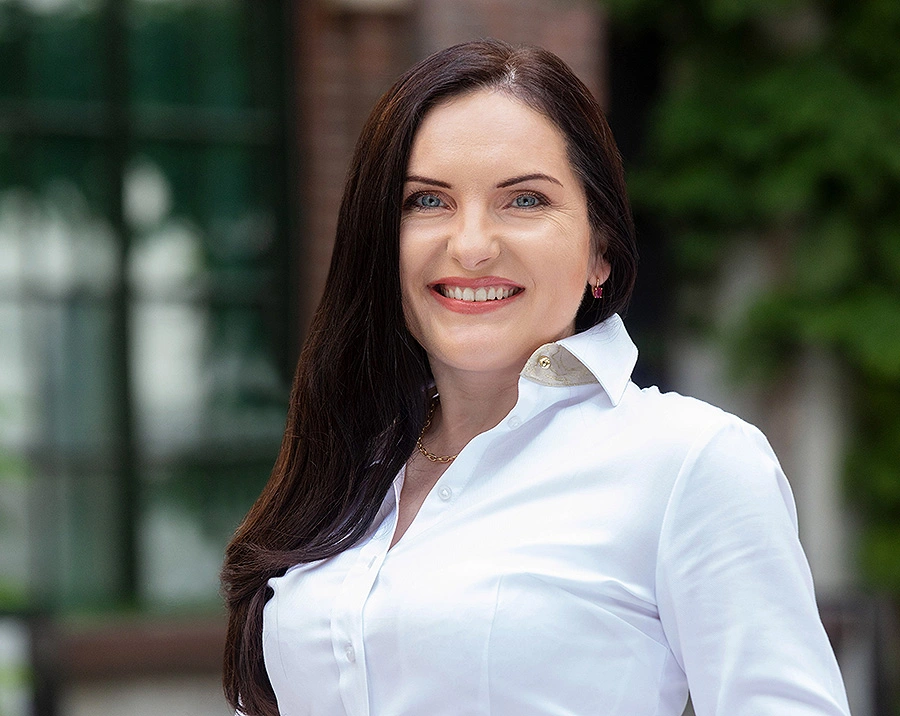Time & Material (T&M) is a model of cooperation in which billing is based on the actual time worked by specialists and the resources used. Unlike the rigid Fixed Price model, where the scope and cost are defined upfront, T&M ensures flexibility – the scope of work can evolve during the project, and the client pays for the actual tasks performed. This model is gaining popularity among companies undergoing digital transformation, who need quick access to competencies and the ability to adapt to changes. Below, we explain why T&M is the preferred model for digital transformation leaders, in which situations it works best, and provide examples (including the cooperation between TTMS Software Sdn Bhd and ADA). Finally, we invite you to talk about how T&M can support your project.
1. What is the Time & Material billing model in IT?
The Time and Material model means that the client pays for the hours worked and the tools used to complete the IT project. There is no fixed total cost or fully frozen scope – the project is carried out iteratively, and details can be refined during the work. This model is fully compatible with Agile methodologies and the iterative approach to software development. The project team logs work hours, reports progress, and settlements are made periodically (e.g., monthly or per stage). The client gains full transparency – they know exactly what they are paying for and can continuously adjust the direction of the work.
In practice, the T&M model means that the contract sets the rates (e.g., hourly or daily) for specific roles in the project (developer, tester, analyst, etc.) and general rules of cooperation. But it leaves space for scope changes. If new requirements or changes arise during the project, there is no need to renegotiate the contract – the team simply continues the work, and the client pays for the additional time based on the agreed rates. This significantly shortens the project launch time and reduces the risk of underestimating or omitting important elements. In T&M, both the IT provider and the client act as partners sharing responsibility for the project’s success.
2. Flexibility above all – why leaders choose T&M model
Today’s business environment is extremely dynamic. Companies that are leaders in digital transformation know that changes are the norm in ambitious IT projects – new ideas appear, user expectations change, and technology constantly evolves. Traditional settlement models (e.g., fixed-price projects) often turn out to be too inflexible in such conditions. That’s why leading organizations increasingly choose Time & Material to ensure the ability to respond quickly and keep up with innovation.
The T&M model offers a number of benefits for large enterprises and digital transformation programs:
- Quick project start and delivery in stages: No need to wait for a perfectly refined scope – work can start fast, and solutions are delivered in short iterations. This allows early business value realization and continuous verification.
- Flexibility in implementing changes: When new challenges arise or new ideas appear, the team can immediately adjust the scope of work. There is no need to amend the contract for each change – the plan evolves within the agreed framework.
- Cost transparency: At every stage, it is clear how much time has been worked and what the budget is spent on. The client receives regular reports, knows exactly what they are paying for, and can control the budget throughout the project.
- Full control and involvement on the client side: The client is actively involved in the project – can prioritize tasks, decide on the order of implementation, and quickly change direction if necessary.
- Access to needed competencies exactly when they are needed: In the T&M model, the team can be scaled flexibly – increased in size or supplemented with new experts when the project enters a new phase.
- Higher quality through continuous improvements: As the project is run iteratively, the final product can be of better quality – continuous testing, feedback, and improvements increase value step by step.
It is worth noting that the T&M model eliminates the need to pay for “extra” assumptions. In a fixed-price model, providers often add a risk buffer – so the client pays in advance, even for unforeseen difficulties. In T&M, you pay only for the actual work. If some tasks turn out to be unnecessary or simplified, the budget can be shifted to other priorities.
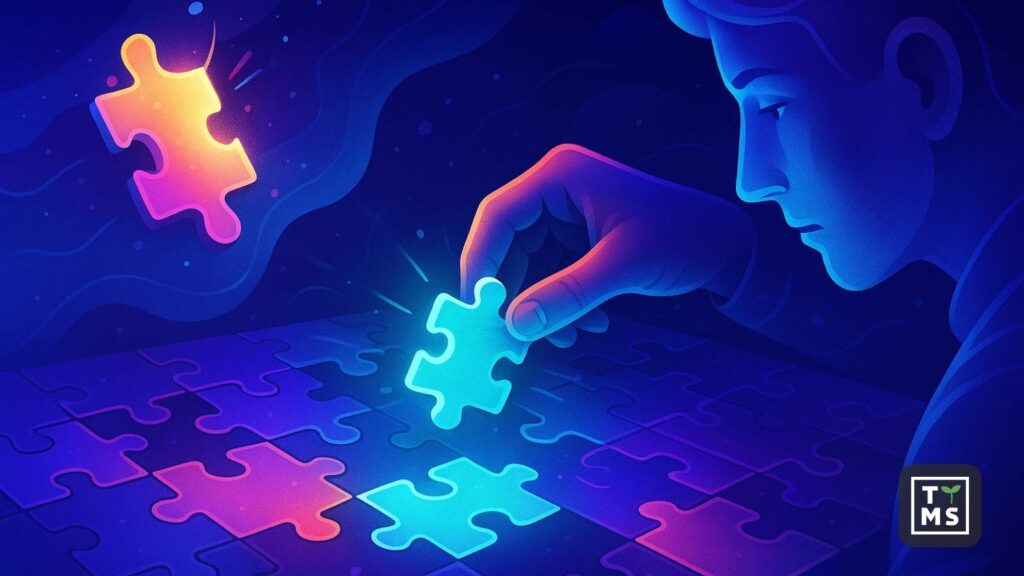
3. When does the T&M model work best?
The Time & Material billing model is not a cure-all – there are situations where it works perfectly and others where a fixed-price model might be better. Below are typical scenarios where T&M works best:
- Long-term, complex projects – if the initiative is extended over time and consists of many phases, it is obvious that it’s hard to predict all requirements at the start. T&M allows scope adjustment according to current needs.
- Unclear requirements at the start – when the client has a general vision but not a detailed list of functionalities. This often occurs in innovative projects. T&M allows starting with MVP and then iterative development.
- Dynamic business or technology environment – in industries like fintech, e-commerce, or telecom, change is constant. If user needs evolve quickly, regulations change, or there’s competitive pressure, fixed contracts can slow you down. T&M allows flexibility and speed.
- Budget control during the project – paradoxically, although T&M doesn’t specify the final amount upfront, it allows strict budget control. You can monitor ROI and decide on funding further stages based on previous outcomes.
- Outsourcing and need for specific know-how – if you’re using IT outsourcing or staff augmentation, T&M is a natural choice. You can get the expert you need without long hiring processes.
Of course, the T&M model requires trust and maturity on both sides – the client must be ready to collaborate and supervise, and the provider must ensure transparency. Experienced partners like TTMS introduce control mechanisms (hour tracking, budget checkpoints, milestones) to protect the project.
4. Example: TTMS and ADA – partnership in T&M model
A real example of T&M flexibility is the recent cooperation between TTMS Software Sdn Bhd (TTMS branch in Malaysia) and ADA, a leading digital transformation company in Southeast Asia. ADA specializes in data analytics, AI, and digital marketing, serves over 1,500 clients in 12 markets, and is backed by investors like SoftBank and Axiata Group. The partnership began in the Time & Material model, with TTMS providing a Salesforce Administrator for three months. This form enabled ADA to use TTMS experience exactly when needed and created a foundation for further cooperation.
Read more in the press release: TTMS Software Sdn Bhd starts cooperation with ADA
5. Other examples of T&M at TTMS
At TTMS, we have been delivering projects in the Time & Material or similar flexible models for years. Most of our case studies are stories of long-term cooperation, iterative system improvement, and partnership approach – that’s what T&M enables. For example:
- In the energy sector, we created a scalable application that integrated many systems.
- In the pharmaceutical sector, we supported an international company in building a CRM system with a growing scope.
- For Schneider Electric, we are a long-term outsourcing partner – we provide specialists in the T&M model.
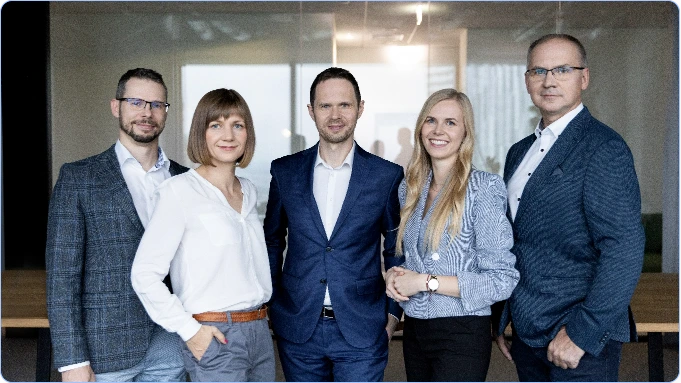
6. T&M in Asia – a growing trend
We observe growing interest in flexible contracts in Asia. Companies in this region, known for dynamic growth, often point to the T&M model as key to successful transformation. For example:
- A telecom operator in Southeast Asia chose T&M for a new digital platform, which allowed them to adapt the roadmap in real time.
- In e-commerce, a platform was iteratively adapted to user needs through a T&M-based cooperation with an external team.
These examples show that flexibility = effectiveness.
7. Choose the right model
Time & Material is a proven way to run an IT project when speed, adaptability, and access to talent matter. Leaders choose it because it lets them focus on business goals instead of renegotiating contracts. Properly applied, T&M gives:
- Freedom of action
- Transparent costs
- Quality and results
If your company is planning a new system or wants to improve an existing one and needs a flexible and experienced IT partner, T&M may be the right choice. TTMS has been supporting clients in this model for years – providing top experts and teams, building long-term relationships based on trust and shared goals.
Let’s talk – we’ll tailor the cooperation model to your project. Contact us.
What is the difference between Time & Material and Staff Augmentation?
While both offer flexibility, Time & Material refers to billing for work completed over time, often in a project context. Staff Augmentation focuses on providing personnel to extend internal teams. T&M may include team delivery, project milestones, and shared goals—beyond just supplying resources.
Is the Time & Material model more expensive than Fixed Price?
Not necessarily. Although T&M lacks a fixed upfront budget, it often avoids overpayment by billing only for actual work done. Fixed Price contracts may include large risk buffers, while T&M enables better cost control if well-managed.
How do you control scope and costs in a Time & Material project?
T&M requires strong project governance—typically involving time tracking, regular reporting, sprint reviews, and clear communication. Clients remain actively involved, adjusting priorities and validating outcomes in real time.
Is Time & Material suitable for regulated industries like pharma or finance?
Yes. When combined with proper documentation, validation, and quality controls, T&M can meet industry compliance needs. It’s especially useful in complex environments where detailed requirements evolve during the project lifecycle.
Can we start with Time & Material and switch to Fixed Price later?
Absolutely. Many companies begin with T&M for discovery, MVPs, or early development. Once scope stabilizes, transitioning to a Fixed Price or hybrid model is common—ensuring flexibility early on and predictability later.
